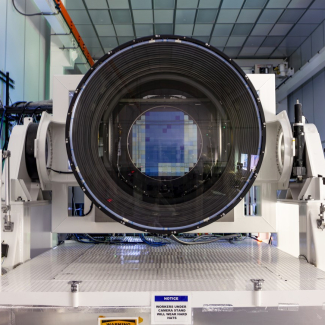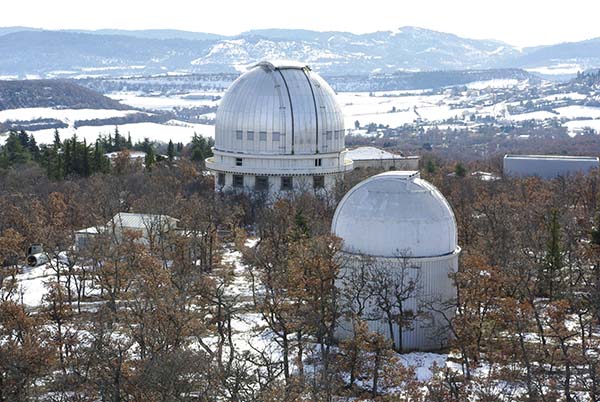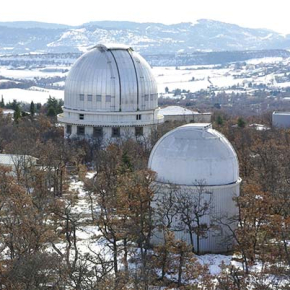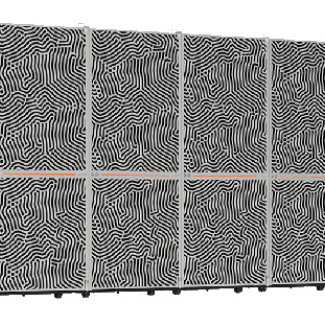
The Nobel Prize in Physics 2019 goes to Michel Mayor and Didier Queloz
Michel Mayor and Didier Queloz from Switzerland have been awarded the 2019 Nobel Prize in Physics for their discovery in 1995 of the first exoplanet at the Observatoire de Haute-Provence (OHP), a CNRS facility at the time1 , alongside James Peebles for his theoretical findings in the field of physical cosmology.
- 1A CNRS observatory in 1995, the Observatoire de Haute-Provence is now part of the Institut Pythéas (CNRS/Aix-Marseille Université/IRD).
The very first exoplanet was discovered on 6 October 1995 at the Observatoire de Haute-Provence, which was a CNRS observatory at the time, by Michel Mayor and Didier Queloz of Switzerland.
This discovery was made possible by the one-of-a-kind Elodie instrument installed on the famous telescope measuring 193 cm in diameter. Designed by the Observatoire de Marseille2 , OHP, and Observatoire de Genève, Elodie was later built by teams from the OHP to measure the radial velocity of stars, in other words their speed in relation to the Earth. Its successor Sophie, which was installed in turn at the OHP, remains one of the world’s best instruments in its category.
24 years on, the Nobel Prize in Physics rewards this historical discovery, as some 4,000 exoplanets have now been identified.
An up-to-date list of all exoplanets discovered to date is available on the following CNRS and Observatoire de Paris website: http://exoplanet.eu/

- 2Whose teams have since been brought together at the Laboratoire d'astrophysique de Marseille.


